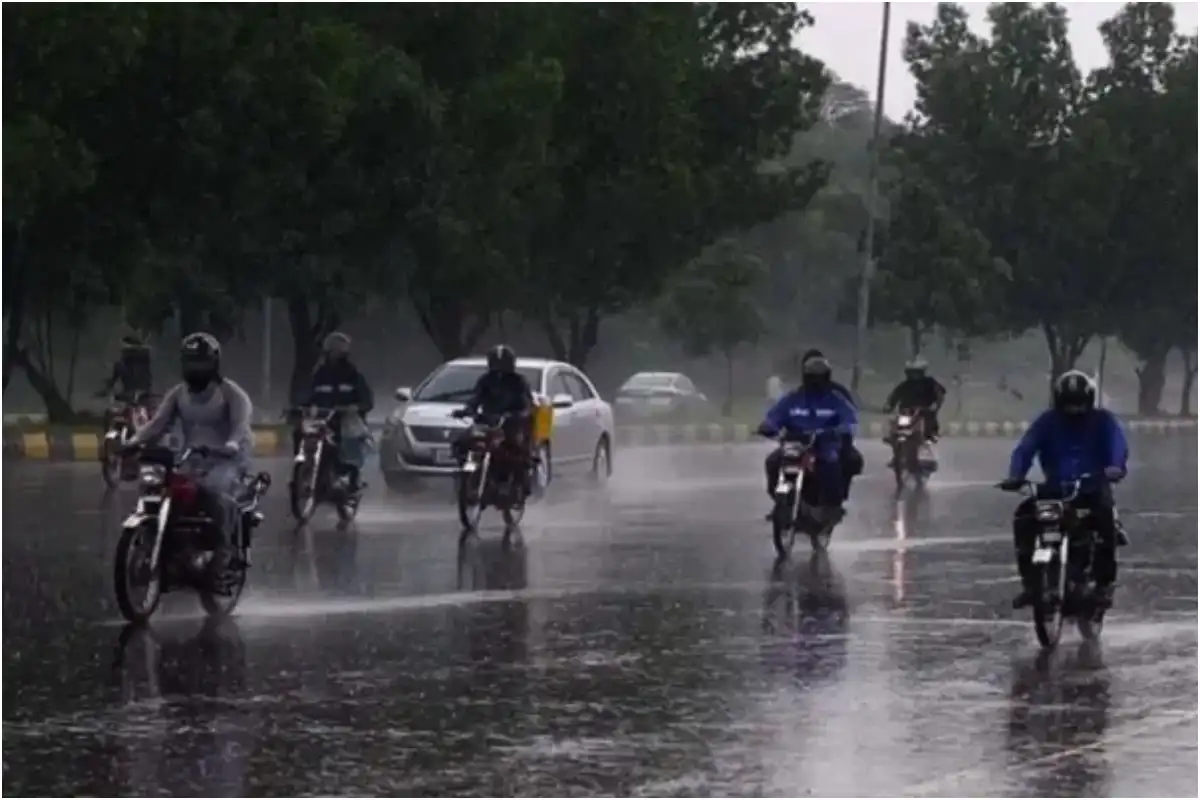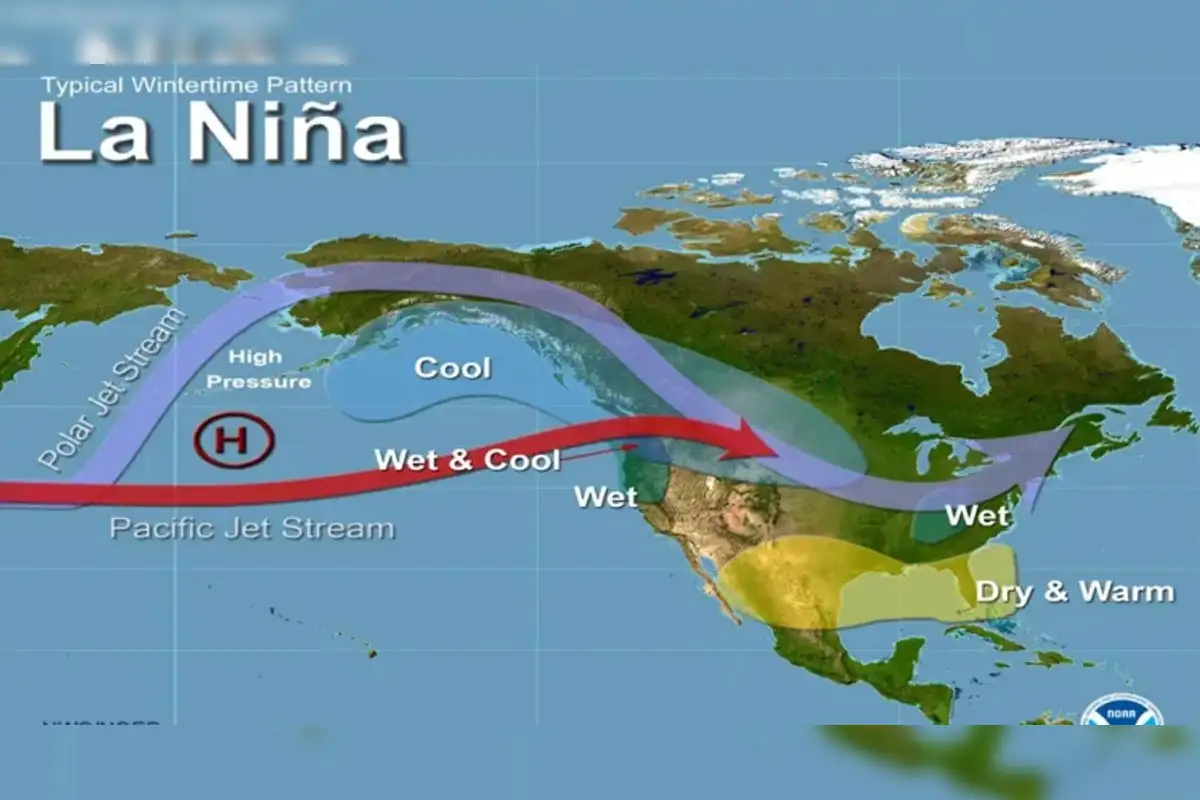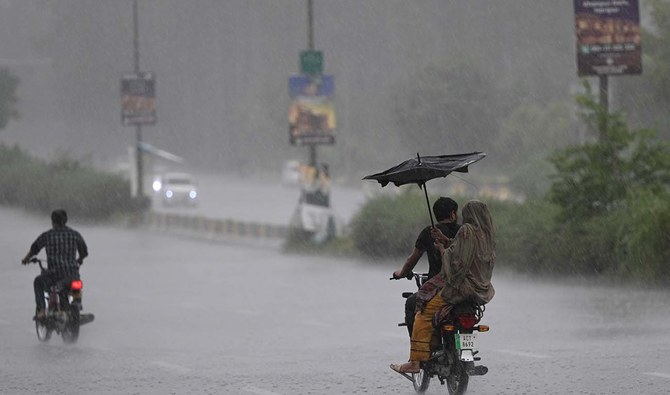When is Monsoon 2025 Starting in Pakistan? PMD Sounds the Alarm on Intense Season

When is Monsoon 2025 Starting in Pakistan? PMD Sounds the Alarm on Intense Season
The monsoon season in Pakistan is arriving earlier than expected this year, and it’s bringing more than just heavy rain. According to the latest forecast by the National Disaster Management Authority (NDMA), Monsoon 2025 in Pakistan is expected to start around June 26 or 27, just a few days ahead of its usual July timeline.
This early onset could mean serious weather challenges for several regions, with above-normal rainfall predicted across Punjab, Khyber Pakhtunkhwa (KP), and Azad Kashmir. If you’re wondering, “When is Monsoon 2025 starting in Pakistan?”—now’s the time to get prepared.
More Rain, More Risk
The NDMA, during a recent high-level briefing to the Senate Standing Committee on Climate Change, shared critical updates on the upcoming season. With Senator Sherry Rehman chairing the session at NDMA headquarters, Chairman Lieutenant General Inam Haider Malik emphasized that the early monsoon is not just about wet weather—it also comes with a heightened risk of localized flooding, glacier melt, and dangerous flash floods.
In collaboration with the Pakistan Meteorological Department, the NDMA has confirmed that rainfall levels this year are expected to surpass the seasonal average in key regions. For instance, Northern and Eastern Punjab could see up to 50% more rain than usual, with rainfall amounts rising from 344 mm to approximately 388 mm.
Southern Punjab areas like Rajanpur and Dera Ghazi Khan, which are already prone to monsoon flooding, are also on alert as significant downpours are expected.
What About KP, Balochistan, & Azad Kashmir?
The picture in Khyber Pakhtunkhwa is mixed. While northern KP may experience below-normal rainfall, southern parts are likely to see normal to above-normal levels, possibly reaching up to 300 mm from the typical 243 mm average. Azad Kashmir is bracing for heavy rain and potential landslides, especially in hilly regions, which increases the likelihood of flash floods.
Balochistan, on the other hand, might not get much rain at all. The forecast points to lower-than-average rainfall there, but extreme heatwave conditions will likely persist, making it a double-edged threat for the province.
Cloudbursts, Urban Flooding, & Heatwaves
The NDMA has also issued warnings for possible cloudbursts, urban flooding, and heatwaves in various vulnerable zones. These events could severely impact infrastructure, disrupt daily life, and put already-strained emergency systems to the test.
It’s worth noting that the NDMA had issued a heatwave advisory six months ago as part of its climate preparedness plan. Now, with the monsoon knocking at the door, authorities are working closely with all provinces to make sure emergency response mechanisms, early warning systems, and public safety measures are ready to go.
What You Need to Do Now
With the next rain spell likely to hit in late June, officials are urging communities to stay informed and prepared. This means:
Keeping an eye on updates from NDMA and the Pakistan Meteorological Department
Avoiding travel to flood-prone or hilly areas during heavy rain forecasts
Ensuring homes and drainage systems are ready to handle excess water
Stocking up on essentials and having an emergency plan in place
When is Monsoon 2025 Starting in Pakistan?
Monsoon 2025 is expected to begin around June 26 or 27, earlier than usual, with above-average rainfall forecast for large parts of the country—especially Punjab, Southern KP, and Azad Kashmir. While this could bring much-needed water for crops and reservoirs, it also raises the stakes for floods, landslides, and heat-related emergencies.
Read More: Weather Alert: Cyclone to develop near Karachi – Low Pressure Develops in Arabian Sea Near Karachi
Catch all the Weather News, Breaking News Event and Trending News Updates on GTV News
Join Our Whatsapp Channel GTV Whatsapp Official Channel to get the Daily News Update & Follow us on Google News.














